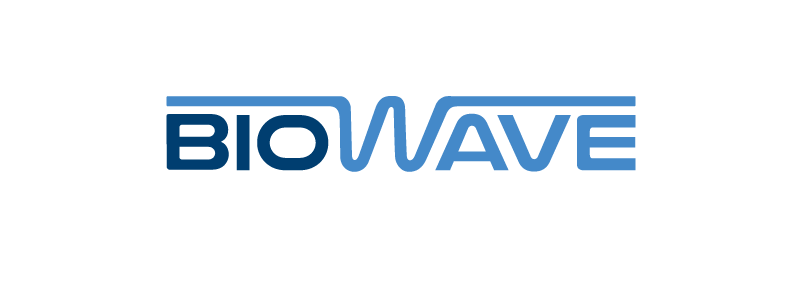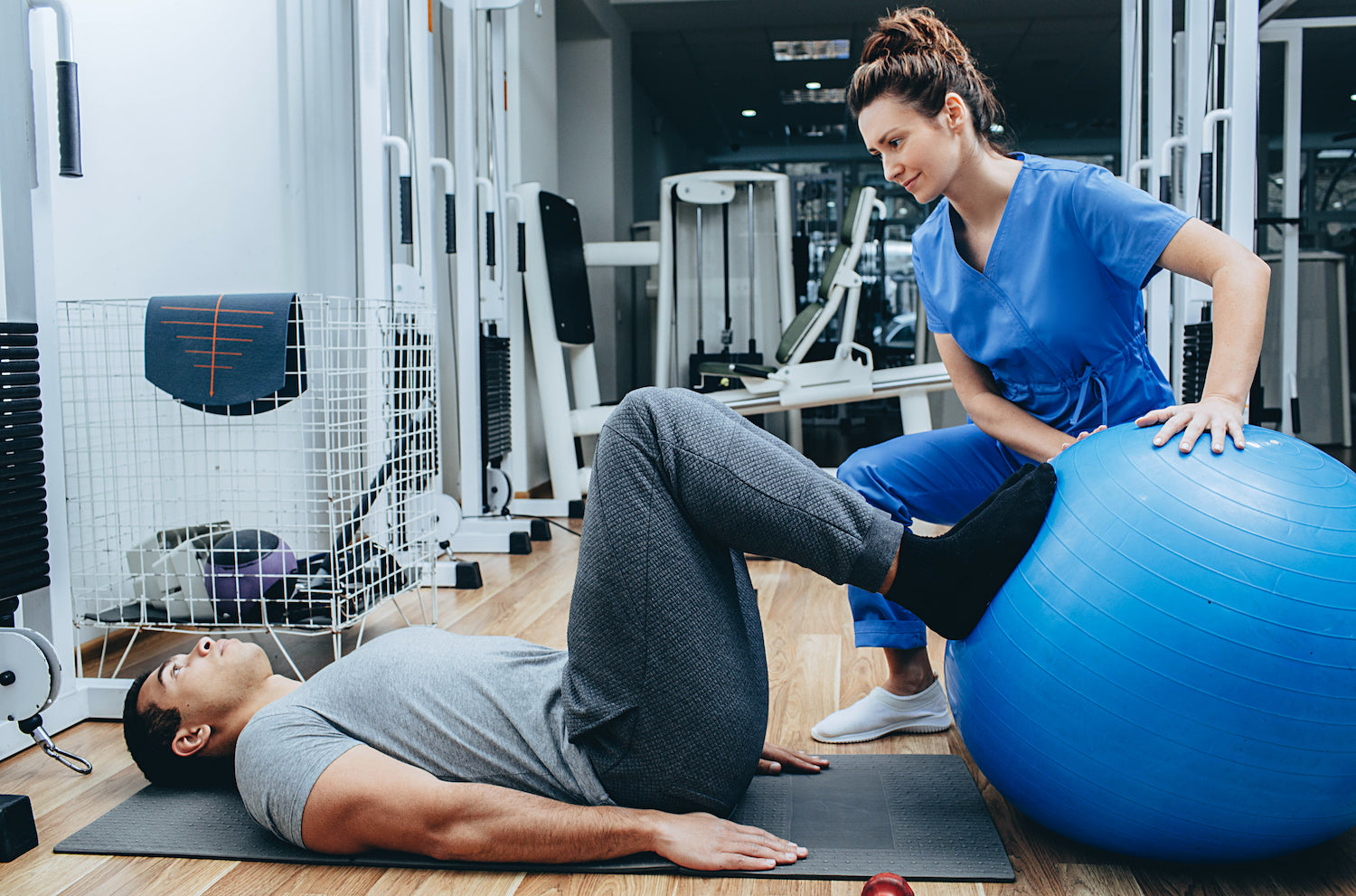
Turning to physical therapy for pain serves as a non-opioid alternative to provide relief. As experts in movement, physical therapists are well-versed in improving quality of life through education, hands-on care and exercise.
Here, we break down the key roles physical therapy plays in assisting individuals dealing with chronic pain, including tips from experts in physical therapy for pain relief.
Exercise and Flexibility As Physical Therapy for Pain Management

Designing exercise-based programs to improve strength is a hallmark of physical therapy for pain relief. Depending on where a patient is experiencing chronic pain, a physical therapist may prescribe exercises to strengthen surrounding muscles to minimize discomfort when moving.
Often a physical therapist will create a program of graded exercises, meaning the movements are gradually increased according to a patient’s abilities. ChoosePT – the consumer-facing division of the American Physical Therapy Association – highlights the benefits of exercise-based physical therapy:
“Graded exercises help you improve your coordination and movement, reducing the stress and strain on your body and decreasing your pain.”
Furthermore, this form of physical therapy for pain relief “can help train your brain to sense the problem area in your body without increasing its danger messages.”
Physical therapy for pain relief may also focus on stretching and flexibility to reduce pain and improve range of motion. Stretching can help increase blood flow and get more oxygen to muscles and tissues; a physical therapist can identify the best stretches to target an individual’s primary area of concern (like a sore knee, wrist or back).
As experts in movement, physical therapists can help ensure you’re performing prescribed exercises and stretches without unintentionally causing further harm. Here’s a tip on stretching from Atlanta-based Dr. Elizabeth Selman Rudd, DPT, who goes by @well.equipt on Instagram:
“Stretching into pain?? Friends, this is NOT productive! ❌ The goal here is to work through pain-free ranges of motion so your muscles and body relax through the stretch. If you are stretching into pain, your muscles may tense up and not let your body push past that point. This will not improve your mobility! In addition, if you are pushing a stretch that hurts, it might not be ideal for the condition you have... Stretching can be beneficial, but make sure you’re optimizing your stretches for YOU!”
Education and Awareness For Pain Relief Therapy

Another critical component of physical therapy for pain is education. Physical therapists can help patients understand their bodies and principles of movement so they can function better and with less pain. As the physical therapy staff at Texas-based First Colony Aquatic and Rehabilitation Center point out, most people aren’t completely aware of how they move in their day-to-day activities.
“You could be bending over, lifting, walking, running, sitting, or moving in some other manner that is contributing to your chronic pain. Learning how to improve the issues with your movements can significantly decrease the pain you experience.”
For example, a physical therapist can assess how the way you walk impacts joint and back functionality, how it plays into chronic pain and how to address the issue.
Phoenix-based physical therapist Megan Onofray (find her at @onofrayphysicaltherapy on Instagram) shares this tip about feet, your gait and stability:
“Your feet are your wheels! Riding on flats can result in damage to ankles, knees, hips and the lower back. A small amount of strengthening and stabilization goes a long way!”
Manual Therapy for Pain Relief

Another way physical therapists use physical therapy for pain relief is with manual therapy, a hands-on approach that has been shown to effectively reduce pain and improve movement. According to the staff at North Carolina-based Peak Performance Sports and Physical Therapy, manual therapy helps to “relax tense muscles, increase blood flow to injured areas and mobilize soft tissue and joints.” The overall goal is to help patients dealing with chronic pain or recovering from injury or surgery to regain range of motion and return to their normal activities.
Manual physical therapy for pain relief options include:
- Myofascial release – using the hands to break up and release tight bundles of soft tissue that may be causing pain;
- Soft tissue and joint mobilization – gentle movement to activate joints or relax muscle tissue;
- Strain-counterstrain – a technique used to relax spastic muscles by holding a position and then pulling away from it.
Hot, Cold and Electrical Stimulation Pain Relief Therapy

A successful physical therapy for pain relief regimen may include a combination of strengthening and flexibility exercises, patient education and manual therapy, as well as the use of hot, cold and electrical stimulation therapies.
Hot and cold therapies involve the application of heat or cold to painful areas to promote healing and reduce inflammation. Heat packs, ice packs, whirlpool baths and ultrasound are all examples of hot and cold therapies.
Conventional electrical stimulation is used to send electrical impulses across the skin which may act as a distraction to pain. A more advanced, smarter approach to relieving pain may be achieved with BioWaveGO. BioWaveGO utilizes a patented high frequency electrical stimulation technology designed to deliver therapeutic electrical signals through skin directly to pain nerves to block the transmission of the pain signal locally before it travels to the brain. Physical therapists may use BioWaveGO in the clinic or recommend patients to purchase their own BioWaveGO unit to use at home.
According to the staff at Bay State Physical Therapy, electrical stimulation can be used for a wide variety of conditions, sports-related injuries, repetitive stress injuries, muscle strains and ligament sprains. You may feel some tingling during an electrical stimulation therapy session, but it doesn’t hurt – a common concern for prospective patients and all the more reason to make it available to use in the comfort of home if you find this modality works for you.
Learn more about the innovative pain-blocking technology that powers BioWaveGO.


Share:
Home Office Ergonomics Tips to Avoid Work-From-Home Injuries
Best Running Tips to Avoid Pain